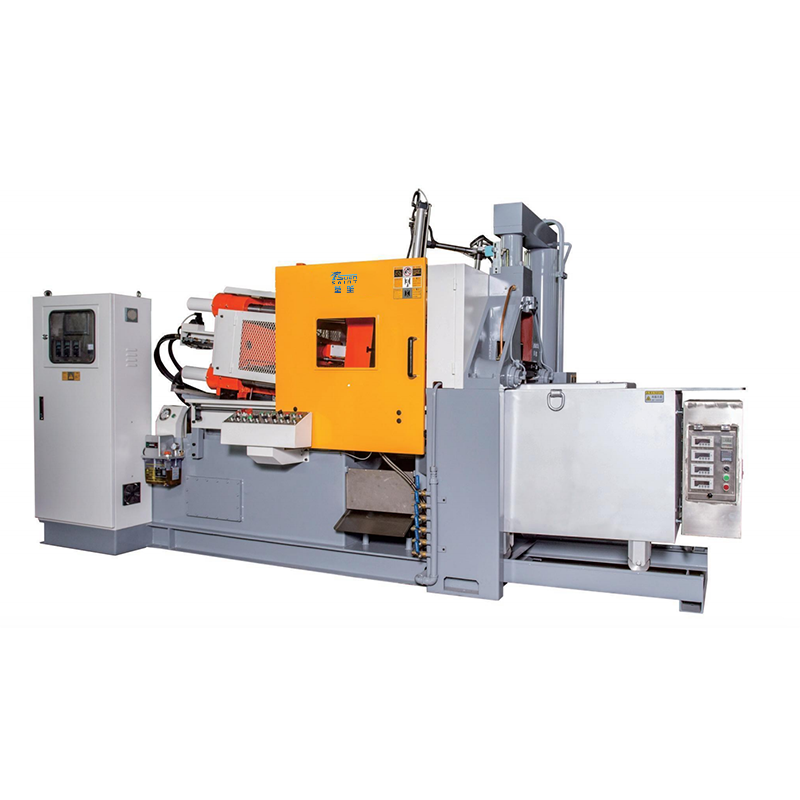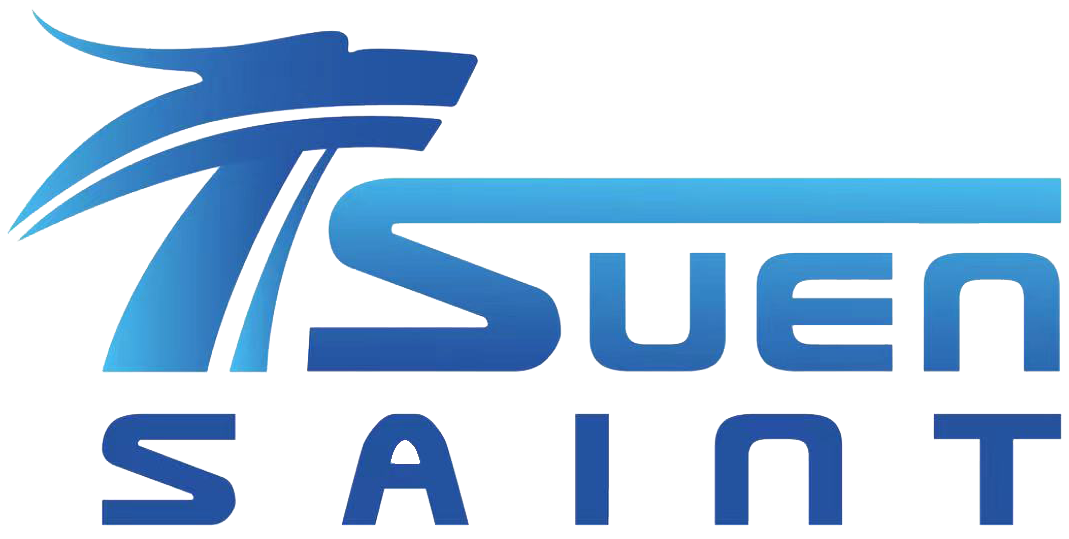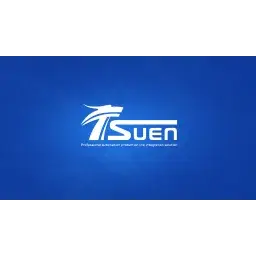Erro de formato de e-mail
emailCannotEmpty
emailDoesExist
pwdLetterLimtTip
inconsistentPwd
pwdLetterLimtTip
inconsistentPwd


Global Growth Opportunities in Cold Chamber Die Casting Machine Exports
In recent years, the demand for cold chamber die casting machines has grown worldwide. These machines are essential in industries such as automotive, aerospace, electronics, and manufacturing. The export of cold chamber die casting machines has become an important part of the global supply chain. This blog will explain the benefits of cold chamber die casting, why exporting these machines is important, the main markets for export, and what to consider when exporting cold chamber die casting machines.
Introduction to Cold Chamber Die Casting Machines
Cold chamber die casting machines are used to make metal parts, especially those made from metals with high melting points, like aluminum, copper, and magnesium alloys. In these machines, molten metal is poured into a chamber manually. The metal is then forced into a mold under high pressure. This method helps produce strong, high-quality parts for industries that need durability and precision.
As the demand for quality components increases worldwide, the export of cold chamber die casting machines has also risen. Countries that make these machines are focusing on meeting the needs of both developing and established markets.
The Global Demand for Cold Chamber Die Casting Machines
Growing Industries Driving Demand
Industries like automotive manufacturing are a major reason for the growing demand for cold chamber die casting machines. These machines are used to make parts like engine blocks, transmission parts, and wheels. The aerospace and electronics industries also need these machines to make precise, high-quality parts for their products.
New technologies in manufacturing, such as automation and digitalization, have also increased the need for cold chamber die casting machines. These machines are known for being efficient, accurate, and able to handle complex designs, making them a great choice for modern production lines.
Exporting Cold Chamber Die Casting Machines: The Benefits
Exporting cold chamber die casting machines brings many benefits to both the manufacturers and the countries buying the machines. Here are some of the main benefits:
1. Global Market Reach
Exporting cold chamber die casting machines helps manufacturers reach more customers around the world. Countries with large automotive, aerospace, and electronics industries need reliable machines to meet their production demands.
2. Boosting Local Economies
For manufacturers in countries that make cold chamber die casting machines, exporting them can help grow the national economy. It also encourages technology growth within the country as companies develop more advanced machines to meet global needs.
3. Access to High-Quality Components
Countries importing cold chamber die casting machines can benefit from getting high-quality, durable equipment. This equipment helps businesses make strong, precise parts needed in industries like automotive and aerospace.
Key Markets for Cold Chamber Die Casting Machine Export
When exporting cold chamber die casting machines, there are a few key regions to focus on. Let’s look at some of the most important markets.
1. North America
North America is one of the biggest markets for cold chamber die casting machines, especially the United States and Mexico. The automotive and aerospace industries in this region need these machines to make strong parts. North America’s focus on technology and infrastructure also increases the demand for efficient die casting machines.
2. Europe
Europe has been known for its high-quality manufacturing for many years. Countries like Germany, Italy, and the UK import many cold chamber die casting machines. These countries have strong automotive and industrial sectors that need the machines for producing parts. Europe’s focus on precise engineering and sustainable manufacturing also makes cold chamber die casting a preferred method for making important parts.
3. Asia-Pacific
The Asia-Pacific region is seeing a huge rise in demand for cold chamber die casting machines. Countries like China, India, and Japan have fast-growing automotive, aerospace, and electronics industries that need these machines. As these economies keep growing, the demand for cold chamber die casting machines will likely keep increasing, making it a key region for export.
The Cold Chamber Die Casting Process: How It Works
Understanding the cold chamber die casting process is important for both manufacturers and buyers. Here’s how the process works:
-
Metal Melting: The metal is first melted in a separate furnace. This is different from hot chamber die casting, where the metal stays in the chamber.
-
Injection: Once the metal is melted, it is transferred into the cold chamber. The machine then forces the metal into the mold under high pressure.
-
Cooling and Ejection: The metal cools and hardens in the mold. After cooling, the mold opens, and the finished part is ejected.
-
Quality Control: The finished part is checked for any defects to make sure it meets the required standards.
Factors to Consider When Exporting Cold Chamber Die Casting Machines
There are a few key things to think about when exporting cold chamber die casting machines:
1. Understanding Local Regulations
Before exporting cold chamber die casting machines to another country, it is important to know the local rules. Different countries have different standards for machinery imports, such as safety, quality, and environmental rules. Working with export experts or local distributors who understand these rules can make the process easier.
2. Market Research
Doing market research is important to find the best countries to export to. Knowing which industries are growing in different regions and how they need die casting machines can give businesses an advantage. It’s also important to understand local customer preferences and the competition.
3. Logistics and Shipping
Shipping heavy equipment like cold chamber die casting machines requires careful planning. It’s important to make sure the machines are delivered safely and at the best cost. Working with experienced shipping companies that specialize in large machinery exports can make this process easier.
4. After-Sales Support and Maintenance
Providing after-sales support is key to building strong relationships with customers. Offering maintenance services, spare parts, and training on how to use the machines can help businesses earn trust and keep customers happy.

The Future of Cold Chamber Die Casting Machine Export
The future of cold chamber die casting machine export looks positive, with increasing demand in both emerging and established markets. New technologies, such as automation and better energy efficiency, will likely lead to even more advanced machines, which will attract more customers.
As industries continue to grow, especially with the rise of electric vehicles and advanced aerospace technology, the need for high-performance die casting machines will keep increasing. Businesses that export cold chamber die casting machines are well-positioned to take advantage of these trends by offering machines that meet the demands of modern industries.

